So, at VON Canada, I presented five myths of Dual Mode Services and wrote this entry. The first in a series.
Dual mode services, aka VoIP over WiFi with cellular service, have been talked about for over two years. Yet, the basics of the technology seem to be reaching a critical mass of market acceptance only this year, as leading analysts forecast some five million units shipping by the end of the year and declaring that as many as twenty million such devices will ship in 2007.
Like the proverbial story of ‘eating a pound of flour a day will help you loose weight,’ there still persists many myths, half truths and overlooked facts that can easily distort the perception (and actions) of typical telecom, IT managers and their users. These myths have the net effect of delaying the market adoption of these useful capabilities until real user experiences change perceptions and tilt the scale in favor of truth. This entry is one in a series that aim to set the story straight on five myths and tilt the scale in favor of truth sooner than later, without having to consume so many carbohydrates every day.
Myth # 1 – Dual mode service is all about saving money.
It is true that a call completed on a WiFi network is a call not completed on the cellular network and therefore will likely reduce minutes on the network. It is also true, according to RHK in a 2005 report issued at the CTIA show, that 70% of all cellular calls originate from a WiFi-enabled location. That would be your home, your office or your hotel. It is true that users might avoid the convenience and high cost of roaming favoring instead to use the WiFi call from the hotel or public hotspot, so that a VoIP call from someplace out-of-the country can avoid those nasty roaming charges that international travelers often see as a major contributor to their mobile bills.
It is true that the #1 reason why enterprise users switch their mobile operator is – coverage. That is, poor coverage. So, a dual mode device, with a dual mode network service could be very useful in leveraging one’s employer’s WiFi campus network to strengthen the quality of the operator’s overall network footprint.
It is not true that saving money is a driver for most of the early adopters. That’s because users need to purchase expensive devices capable of supporting VoIP over the WiFi interface and cellular service over the cellular interface. Users who typically can afford to spend up to $800 on a fancy wireless device, also sign up to extensive minute plans and are mobile data savvy. A minute on WiFi, costs about the same (to high minutes user) as a minute on cellular.
Note that a minute on WiFi is not necessarily free. A public hotspot service often has a monthly charge. The VoIP client needs to register with a call control server somewhere in the network to manage connections. Even free software such as Skype, charges to connect to the PSTN-attached user. Surely, the astute mobile operator will see dual mode services as a model for gaining market share, trust and confidence in their most valuable segment – enterprise users – and as a way to extend their service coverage without spending billions on a major capex project for new and more towers.
This myth is therefore false in that dual mode services are, in fact, about more than saving money. They’re about better home, campus and hotel coverage and getting better control for enterprises of their mobile service capabilities.






